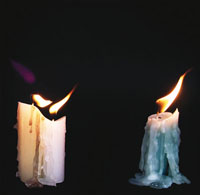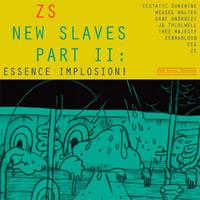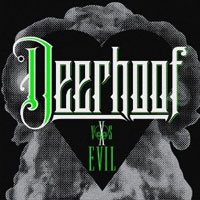Each Monday, Beats & Rhymes highlights a new and notable hip-hop, rap, DJ, or electronic record that embraces independent sensibilities.
 Sims: Bad Time Zoo (Doomtree, 2/15/11)
Sims: Bad Time Zoo (Doomtree, 2/15/11)
Sims: “Burn It Down”
[audio:https://alarm-magazine.com/wp-content/uploads/2011/02/Sims_Burn_It_Down.mp3|titles=Sims: “Burn It Down”]
Anyone who has seen Twin Cities rapper/producer P.O.S live between the gradual success of Audition in 2006 and Never Better in 2009 has also had the chance to sample the Doomtree crew of which he’s a part. One of the stronger presences at these shows has been Sims, who’s by no means exactly like P.O.S, but is a worthy kindred spirit who gets the crowd in a similar, righteously agitated state of mind.
The lean-built MC is as averse to laid-back songs as his half-rapper, half-hardcore-dude friend. He’s strong through the shoulders and busy with gestures, a good frame for his sharp, often-terse flow. Another vital presence, less obvious onstage but still essential, is producer Lazerbeak, who has made beats for nearly every Doomtree release and doesn’t hear much of a border between catchy synth-based production and scratchy horns-and-soul-vocal melts.
The strength of Doomtree is that no two artists are too terribly alike (see the crew’s self-titled, all-member-pile-on album from 2008). The spectrum runs from the pugnacious Mike Mictlan to the patient density of Dessa‘s 2010 release, A Badly Broken Code. The group supports its members’ identities without intruding on them, something that holds true on Sims’ second proper solo album, Bad Time Zoo.
Sims goes it alone for nearly an entire hour, with just one guest verse during the whole thing (from P.O.S, on “Too Much”). Lazerbeak produces every beat here, making for a collaborative but focused feel. The identity that emerges for Sims, at first, has a lot to do with his opening verse on Never Better‘s “Low Light Low Life.” His specialty is creating the feeling of being sealed into a living nightmare of isolation, reckless corporate domination, and hopeless social ignorance. What comes out over time, though, is that Sims is a straightforward MC who’s brave enough to work through the contradictions of his own emotions.
 Young Widows: In and Out of Youth and Lightness (Temporary Residence, 4/12/11)
Young Widows: In and Out of Youth and Lightness (Temporary Residence, 4/12/11)

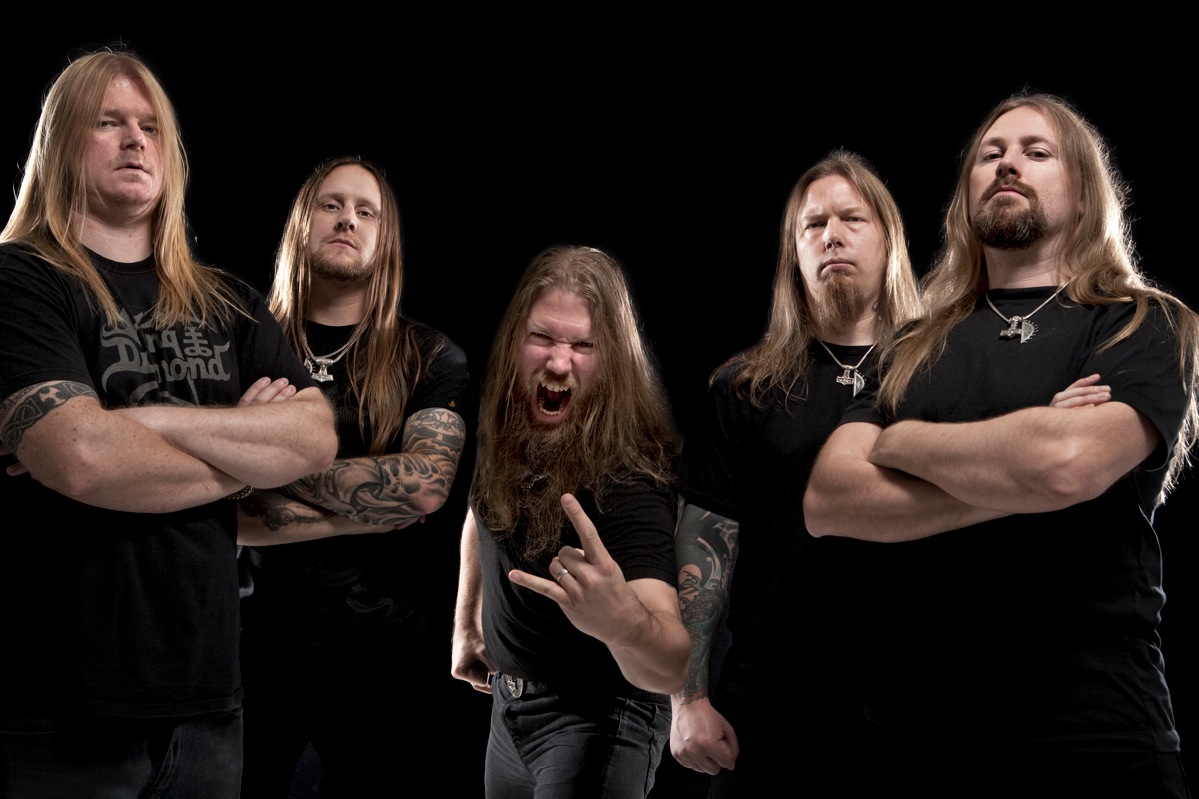
 Amon Amarth: Surtur Rising (
Amon Amarth: Surtur Rising (
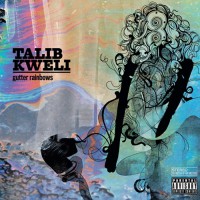







 Trap Them
Trap Them


